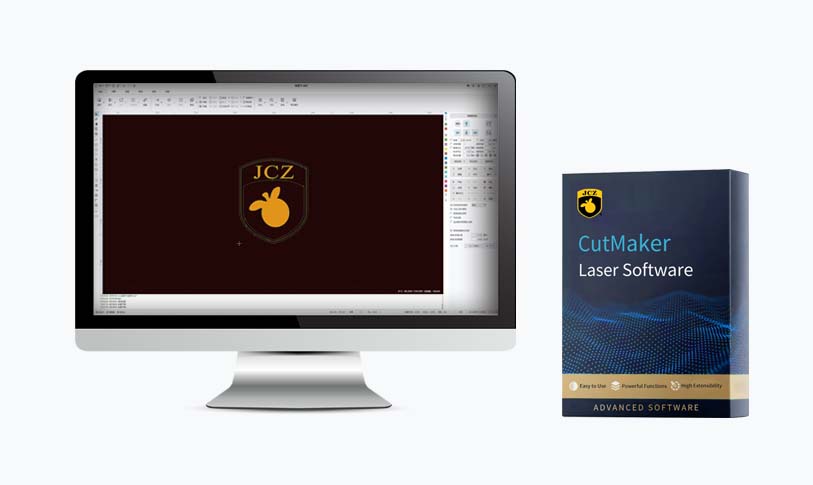[3d program for 3d printing]The Ultimate Guide to 3D Programming for 3D Printing: A Comprehensive Introduction
News 2025-6-6
3D printing has revolutionized the manufacturing industry, and with the advent of 3D programming, the possibilities for custom designs and complex creations have become endless. 3D programs facilitate the process of converting digital designs into physical objects, making 3D printing a seamless and efficient experience. In this article, we will explore the world of 3D programming for 3D printing, discussing the key features, best practices, and some of the most popular programs available.
What is 3D Programming for 3D Printing?
3D programming is the process of creating three-dimensional models using a variety of software tools and techniques. These models can then be exported to a 3D printer, where they are printed in physical form. 3D programs come with a range of features that enable designers to create complex shapes, textures, and colors, ensuring that the final print matches the designer's vision.

The Ultimate Guide to 3D Programming for 3D Printing: A Comprehensive Introduction

The Ultimate Guide to 3D Programming for 3D Printing: A Comprehensive Introduction
Best Practices for Using 3D Programs for 3D Printing
1. Familiarize yourself with the software: Before starting a project, it's essential to understand the software's features and tools. Take some time to explore the program and learn the basics of 3D modeling. 2. Plan your design: Before starting to model, plan your design carefully. Consider the materials you will use, the size of the model, and any specific features you want to include. 3. Use layers: 3D printing involves building models in layers. It's essential to manage these layers carefully to ensure the final print is smooth and accurate. 4. Test and iterate: Before sending your model to the printer, test it in the program using simulation tools. Make any necessary adjustments and iterate on your design until you are satisfied with the results.
Popular 3D Programs for 3D Printing

The Ultimate Guide to 3D Programming for 3D Printing: A Comprehensive Introduction
Conclusion
3D programming has revolutionized the world of 3D printing, making it easier for designers to create custom designs and complex creations. With the right software tools and techniques, designers can turn their ideas into physical objects with ease. In this article, we have explored the world of 3D programming for 3D printing, discussing key features, best practices, and some of the most popular programs available. With so many options available, there is a program suitable for every designer's needs and skill level.